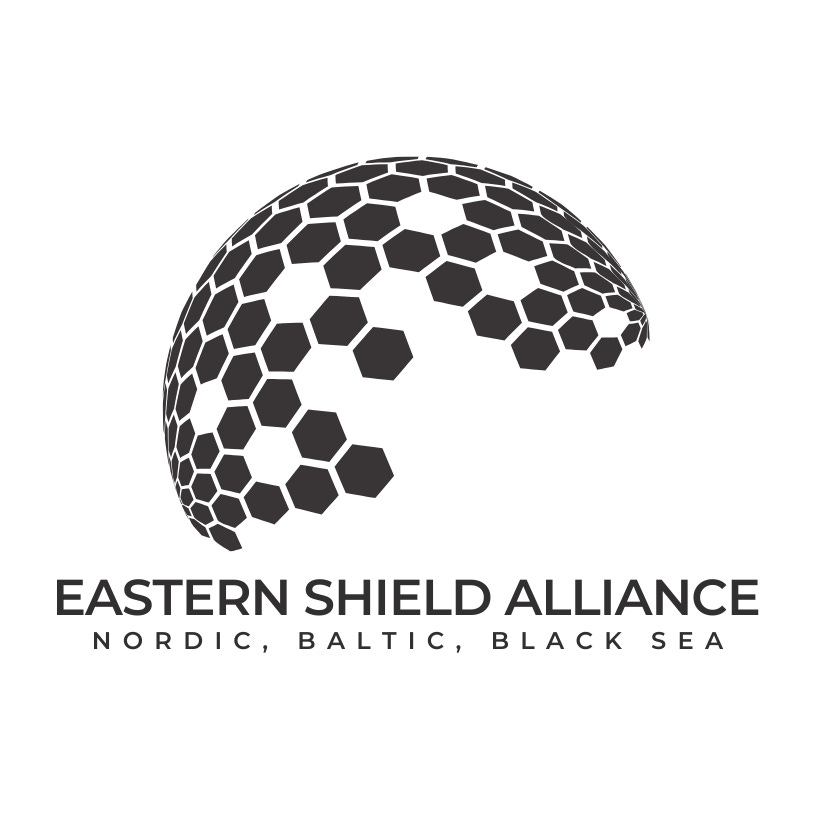A Nordic, Baltic, and Black Sea Alliance
US Disengagement and NATO Paralysis Make This Alliance a Necessity
The Eastern Shield Alliance (ESA) should emerge as a bold and necessary step to secure the independence and stability of nations bordering Russia. In recent years, the United States has faltered in its role as the arsenal of democracy. The Biden administration's hesitancy, driven by unfounded fears of escalation, has undermined trust among allies, exposing a gap in the global security framework. Now, with President-elect Trump's rhetoric and unpredictability casting further doubt on America's reliability, nations on the frontlines of Russian aggression can no longer afford to wait for decisive leadership from across the Atlantic.
The ESA unites the Nordic, Baltic, and Black Sea nations into a modern, agile alliance. Focused on collective deterrence, rapid air dominance, and undersea asset protection, the alliance leverages NATO standards and infrastructure while eliminating bureaucratic inefficiencies. With a shared commitment to act decisively against any threat, the ESA ensures its members’ safety while complementing NATO’s broader mission. This is a new shield for Europe, forged from necessity and strengthened by unity.
A nimble, NATO-complementary alliance involving Baltic, Black Sea, and Nordic nations—with Poland as the central player—focused on rapid air dominance, undersea asset protection, and streamlined decision-making could look like this:
Structure and Governance
Core Members:
Baltic Nations: Estonia, Latvia, Lithuania.
Black Sea Nations: Ukraine, Romania, Bulgaria.
Nordic Nations: Sweden, Finland, Denmark, Norway.
Key Central Power: Poland.
Decision-Making:
Streamlined decision-making with an empowered central command council.
Rapid decision-making authority granted to military commanders in emergencies.
Standards and Integration:
Fully aligned with NATO standards, designations, logistics, and command structures.
No duplication of assets; this alliance draws directly from NATO-compatible forces. No duplication of GDP commitments.
Military Doctrine
Goal: Achieve simultaneous air dominance in two of three regions (Nordic, Baltic, Black Sea) within 24 hours of hostilities.
Deploy interoperable air forces for rapid suppression of enemy air defenses (SEAD) and control of regional airspace.
Leverage Nordic nations’ advanced air defense systems (e.g., Finland’s F-35s and Sweden’s Gripens).
Utilize Polish and Romanian air bases for forward-deployed NATO-compatible aircraft.
Regional Defense Specialization:
Poland: Central logistical hub, land-based armored and mechanized forces, and air force coordination.
Sweden and Finland: Arctic and Nordic airspace dominance; advanced air and missile defense systems.
Norway and Denmark: North Atlantic naval dominance and protection of Arctic trade routes.
Baltic States: Cyber defense, electronic warfare, and forward-deployed drone capabilities. HUMINT.
Ukraine and Romania: Black Sea naval defense, tactical drone warfare, and urban combat readiness. HUMINT.
Interoperability:
Standardized equipment, communication protocols, and joint training exercises to ensure seamless integration.
Intelligence Doctrine
The Eastern Shield Alliance (ESA) will adopt…
Keep reading with a 7-day free trial
Subscribe to Researching Ukraine to keep reading this post and get 7 days of free access to the full post archives.





